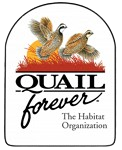March Newsletter
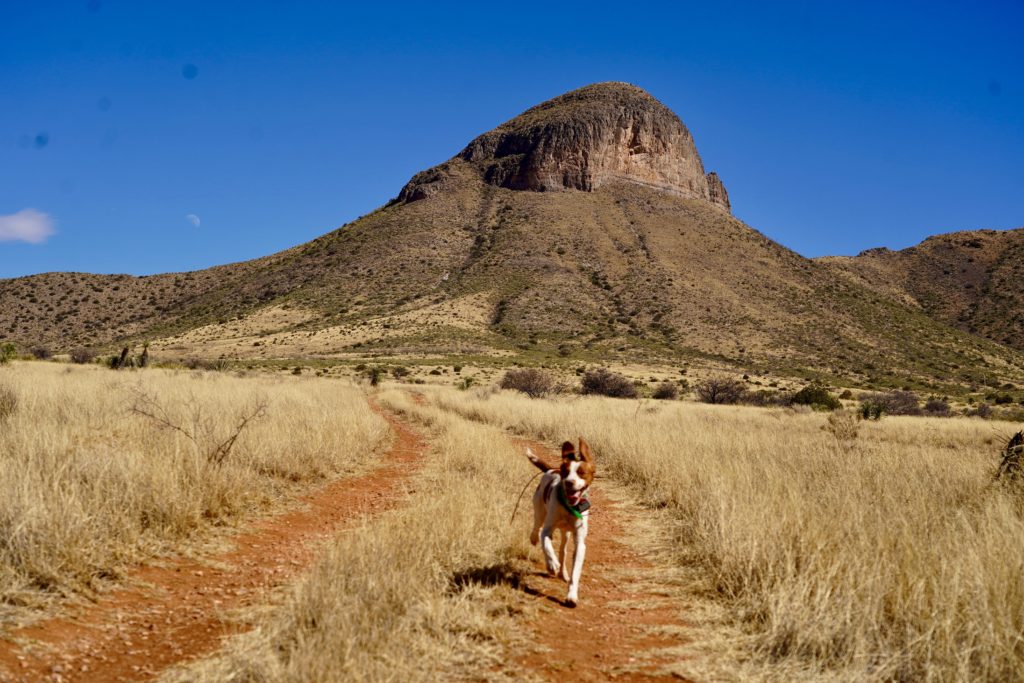
Overview:
Most of Southern AZ continues in a severe drought. Gambel’s numbers were average after good winter rain in the last couple of years. With almost no rain this winter we will pay the price next season. Mearns numbers were poor. Many of the coveys found are small and appear to be hold over birds. As always rainfall was somewhat spotty with some local spots with fewer or larger numbers of birds. Wing barrel counts should be available any day and will be shared when available.
COVID cases in AZ appear to be decreasing and vaccines are slowly becoming available. We expect to have a schedule for the 21-22 season available on our next newsletter. We will plan a normal schedule and adjust as needed.
Habitat:
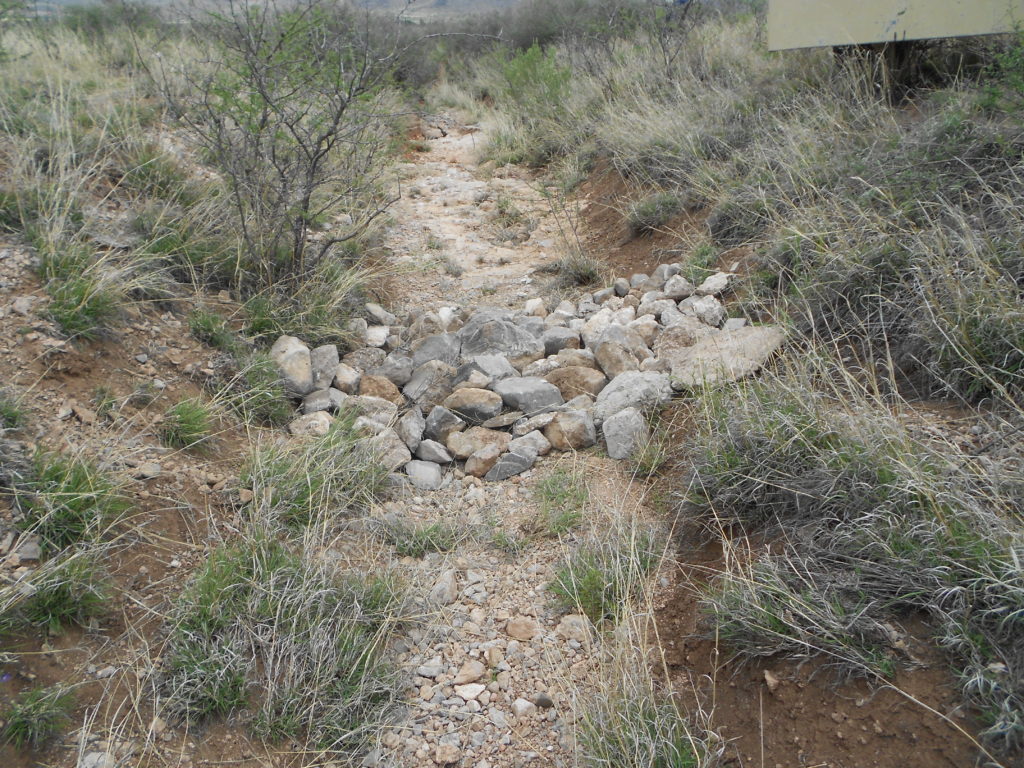
On the habitat side we have already completed a lot of loose rock dams on our Coronado National Forest Grasslands Project. National Forest Foundation, Fisher Foundation and AZSFWC are some of the significant donors supporting this work. Our loose rock dams help during below average rainfall years by slowing runoff to keep water in the soil longer. Due to COVID we are delaying planned volunteer days on the Grasslands Project until later. Borderlands Restoration is contracted to do much of our grasslands project.
Borderlands Restoration provides SAQF a monthly written report of work completed. In January, they completed 54 erosion control structures, 5 were one-rock dams, 29 were log/rock hybrid structures, one was a zuni bowl, and 18 were second-generation rebuilds due to some of 2018 and 2020’s erosion control structures having filled with sediment. This brings the total number of erosion control structures installed this season to 111 erosion control structures. A number of native seeds have been collected from the CNF, cleaned and will be planted via seedballs in the drainages this summer before monsoon. This contract also includes conservation training and work on the grassland project for high school students this summer.
SAQF completed installing the BLM provided quail escape ramps on southern portion of Las Cienegas National Conservation Area. Rosetree Ranch is next. We are investigating making escape ramps that can be used on non BLM lands.
BANWR & Masked Bobwhite Recovery:
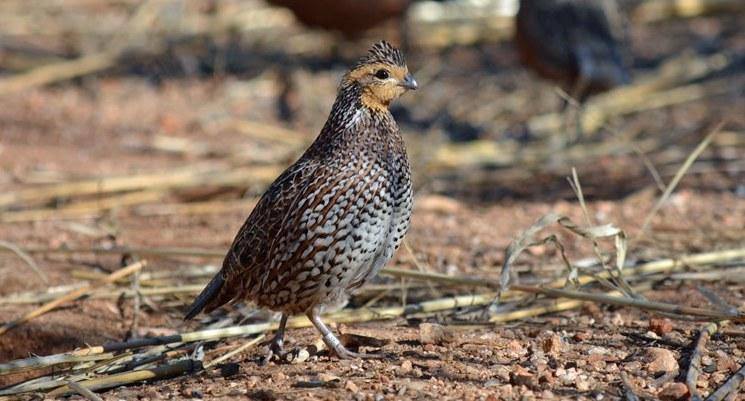
From Bill Radke, refuge manager. Masked bobwhite (MBW) introductions were difficult during 2020 because of the lack of any meaningful monsoon season on refuge lands. Lack of rainfall resulted in poor annual and perennial plant production which limited the explosions of tiny invertebrates (grasshoppers and leafhoppers, etc.) necessary for bobwhite (and other quail) chicks. The refuge enjoyed some success stories, with some MBW establishing nests, and birds surviving the winter.
Refuge biologists are currently planning additional releases, working with other states to trap and provide Northern bobwhite as surrogate parents, coordinating with George M. Sutton Avian Research Center to provide chicks for 2021, and coordinating with LightHawk Conservation Flying to safely transport chicks to the refuge. Refuge habitat enhancement projects are ongoing to help provide necessary food, water, and shelter. Quail Forever volunteers helped with recent monitoring and habitat management, and more opportunities are being scheduled. We appreciate your dedication, encouragement, and assistance with recovery efforts!
Chapter and QF National Finances
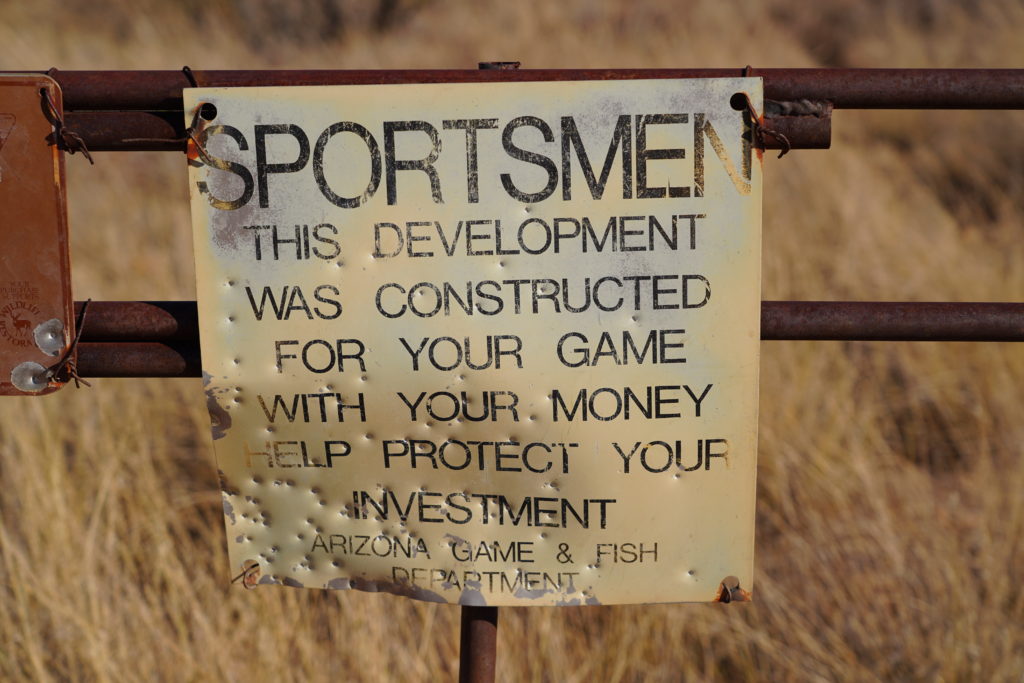
Without a banquet this year we are working other sources of funding to support out habitat, public land and R3/Youth events. Every cent the chapter collects remains with the chapter for local work. Donations that are sent to the national organization are used at the national level and not made available to the chapter.
Our banquet profit from merchandise, raffles and auctions averages about $100 per person. If you are able, consider a donation directly to the chapter. You can use a credit card at https://ch3163-southern-arizona-quail-forever.square.site. A big thank you to those that have already done this.
QF National receives much of its funding through individual memberships. Many of you renew your QF membership at our banquet. You can keep your membership current by by renewing at https://quailforever.org/getdoc/91f8dfad-47ad-46d6-af54-5649db42671f/Membership.aspx. This video is an appeal from the PF/QF President/CEO – youtu.be/VPea0dKPWok.
R3 (recruit, retain and reactivate)
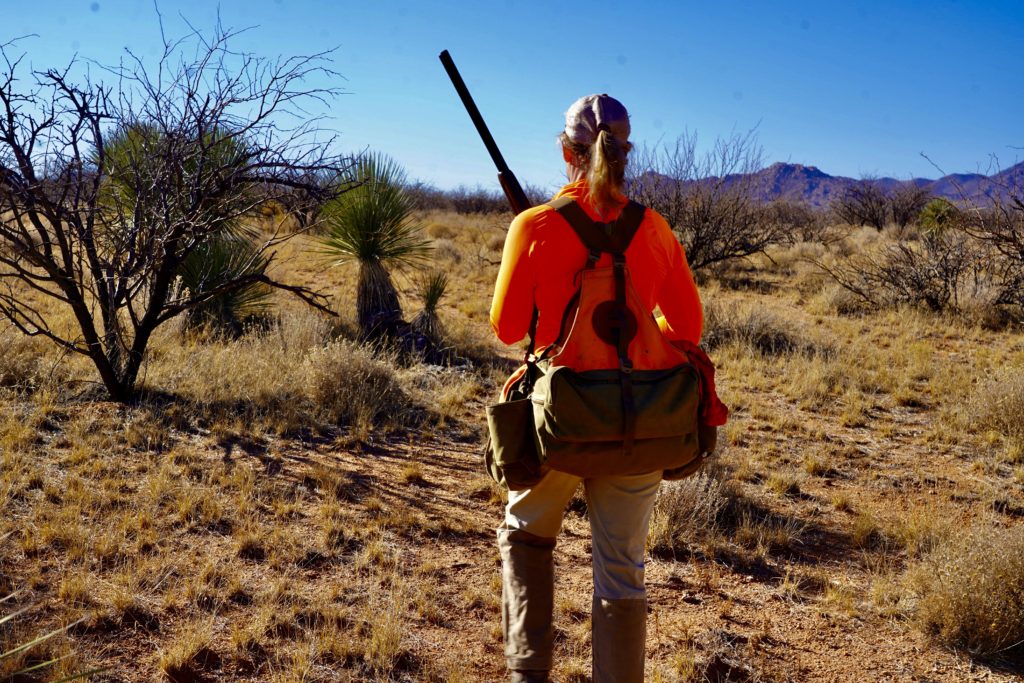
:2020 saw a huge surge in new participants in outdoor recreational activities – from camping to kayaking to fishing and beyond. The outdoor retailer industry shows unprecedented sales in outdoor gear. AZ G&F saw a 20+% increase in fishing license sales. They are in the process of surveying these customers to better meet their needs and retain them. There is a tremendous opportunity for the conservation community to connect with these new customers, share their stories, provide information and education, and increase membership and volunteers.
At a personal level what can you do? Invite someone new outside and share your stories and experiences.
For the Hunter:
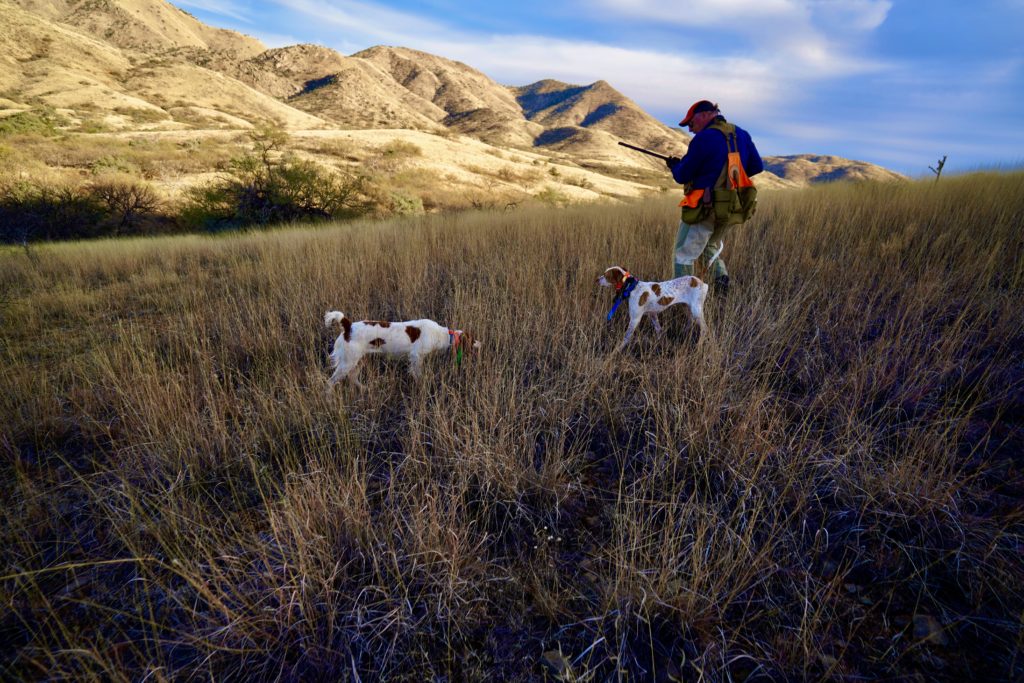
21 Facts you might not have known about hunting / wildlife conservation for 2021
In the Jan / Feb issue I covered four facts — wildlife management science; laws, rules and regulations; harvest limits and restrictions and use of game meat.
This issue I will cover four more facts that convey some of the key elements to wildlife conservation, allows regulated hunting, while maintaining animal populations.
- Carrying Capacity The space, food, water and shelter available to wildlife dictates one regulating factor for wildlife populations – the carrying capacity of the range. If a population gets too large, it brings on starvation, disease and other ways that Mother Nature has for dealing with overpopulation. You can’t stockpile animals.
- Management Plans State wildlife agencies are required to have comprehensive wildlife management and restoration plans to assure healthy and sustainable wildlife populations. These science-based approaches inform the framework, sideboards and structures for hunting seasons and enhancement efforts.
- Public Trust Doctrine Back in 1842, the US Supreme Court made it clear that wildlife, fish and waterways were the public’s resources. Further, that state wildlife agencies were just the stewards for the benefit of the people. Sustainable use of the public’s natural resources has been paramount since the inception of regulated hunting.
- Public Process Hunting and use of wildlife is determined through democratic process, public input, and laws that assure its use and access are equitable to the public. These processes guide regulations for sustainable use, management and protections for future generations. This ties directly to the Public Trust Doctrine and wildlife agencies’ role as trust managers.
A lot goes into legal, regulated, sustainable hunting and wildlife conservation. A picture of a happy hunter with a harvested animal is just the veneer.
Wildlife management has extensive protocols, science and public input that go into allowing a hunt to take place, assuring the population is still protected and the public is given equal access to use its wildlife resources.
In the next issue I will cover: a century of conservation, conservation groups, fair chase / ethics and wildlife populations.
By: Doug Burt, AZ G&F Hunting and Shooting Sports ManagerPreviously printed in the March / April 2021 issue of the Arizona Wildlife Views, published by the Arizona Game and Fish Department
Access to Public Lands:–
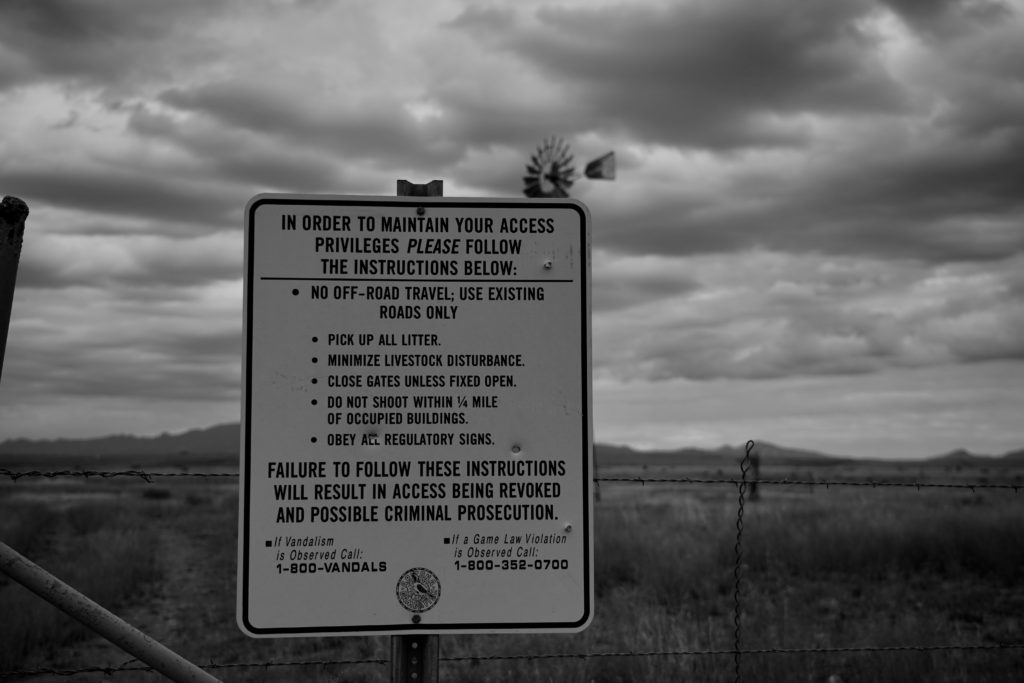
Meadow Valley road bypass is still moving forward. The public comment period for the NEPA is complete. CNF road manager is working to have a road in place for the 21/22 season. Both AZSFWC and AWF have written letters of support for this project.
The conservation easement and public access easement on ranch land near Tombstone has been completed. Both AZ QF Chapters provided funding plus we received a grant from AZSFWC. Signage for access has been installed and a gate is in work.
AZ Sportsman for Wildlife Conservation (AZSFWC) and Arizona Wildlife Federation (AWF)
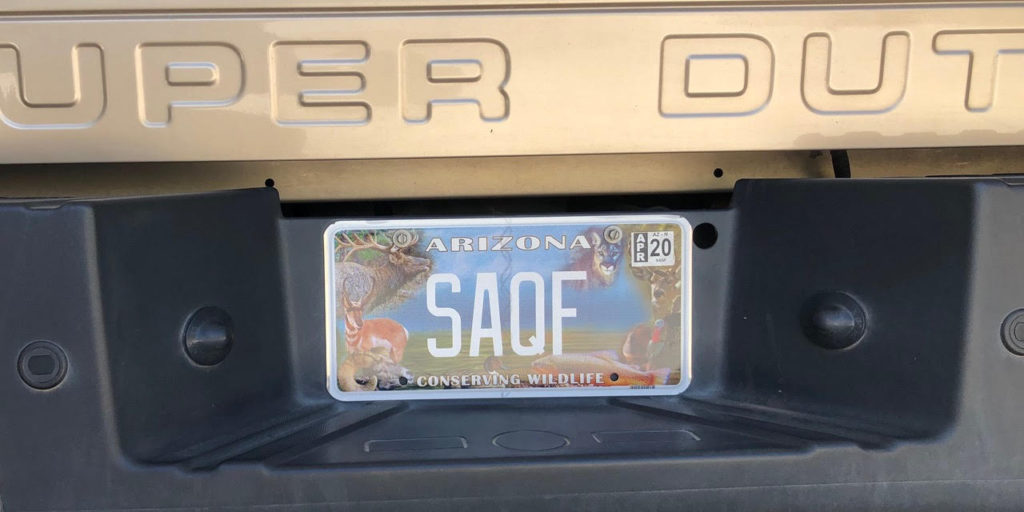
:SAQF is part of AZSFWC. You can sign up for their enews at http://azsfwc.org. This allows us to better coordinate with other wildlife groups and better communicate with AZ G&F leadership. We are part of over 10,000 AZ sportsman represented by this organization. We are also an affiliate of AWF which allows us to pool volunteer help and communicate with other wildlife and conservation organizations.
Please consider purchasing a AZSFWC license plate to support wildlife when you renew your current AZ plate through Service Arizona. The fee for this license supports the conservation grants provided by AZSFWC. Our Family Day/Youth Hunt has received AZSFWC grant support the last two years.
Chapter Website, Facebook and Instagram:

If you see an error or have a recommendation for improvement, please let us know. We are always looking for pictures, stories or articles to add. We are working to add instagram to our social media offerings. If you see something that would be worthwhile to cross post, please send it to Dave Brown (browndave27@gmail.com) or Kerry Newberry (newberry.kerry@gmail.com).
Future dates:
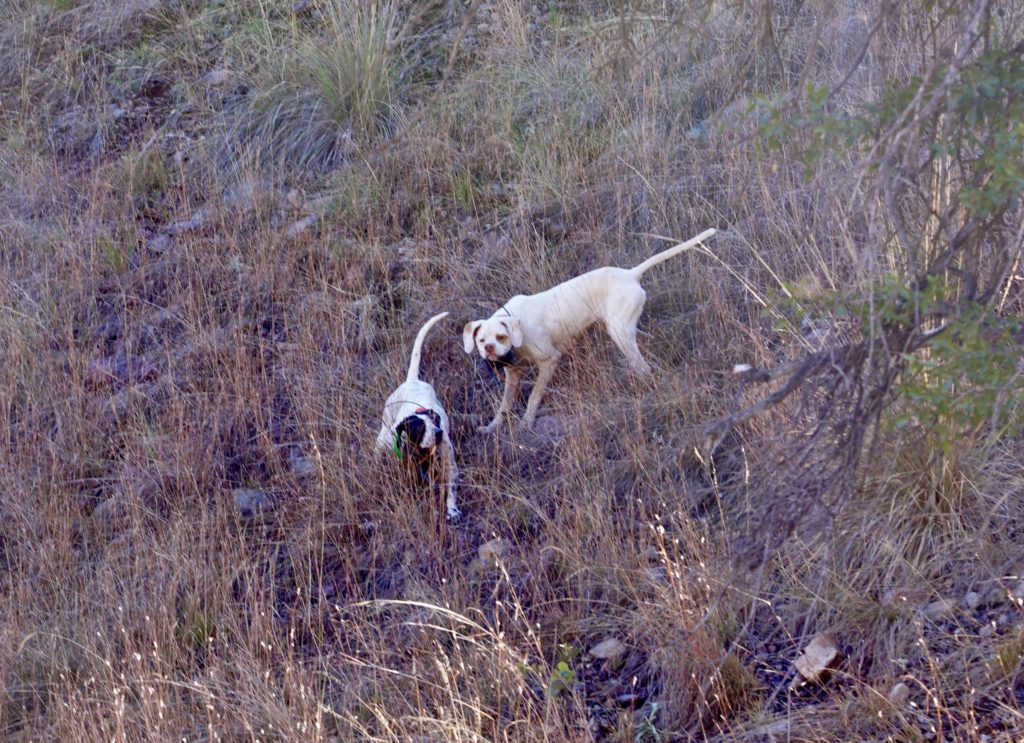
- Feb/Mar/Apr Road Cleanup TBD
- Apr/May Grasslands Volunteer Days TBD
Tentative 21-22 AZ Quail Season Dates Pending AZ G&F Commission Review
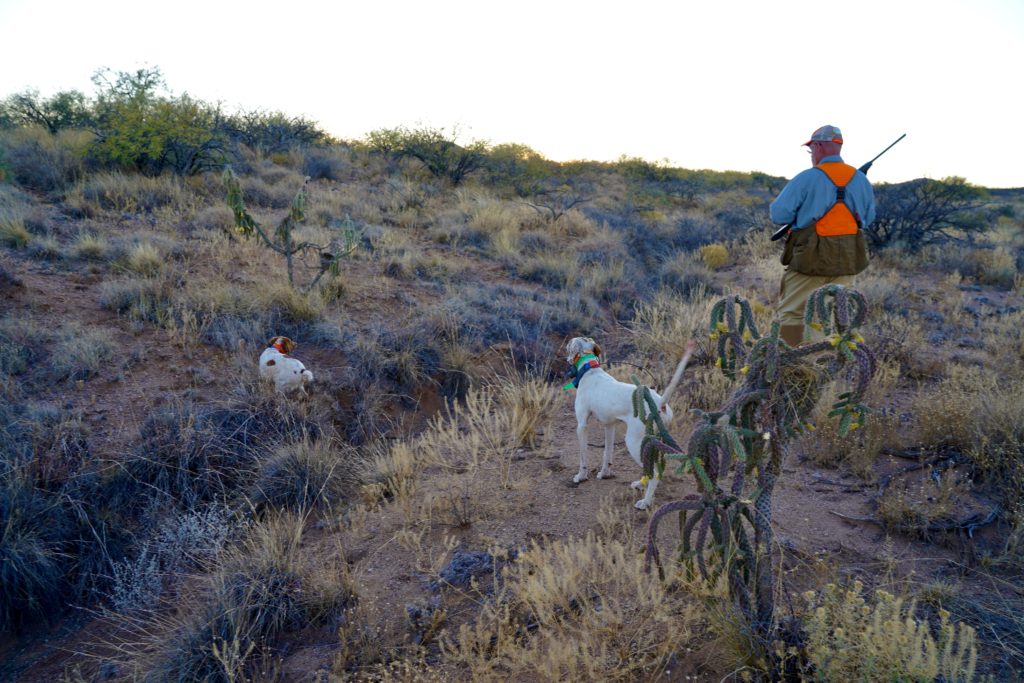
- 15 Oct Desert Quail Opens
- 3 Dec Mearns Quail Opens
- 6 Feb 2022 Quail Closes
